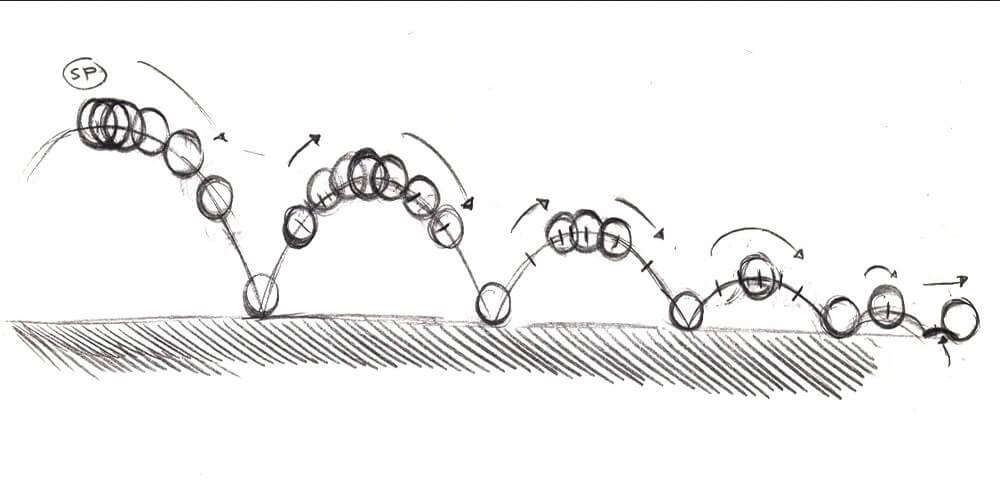Google Analytics : Website Bounce Rate Analysis

Google Analytics is a beautiful suite of tools for webmasters. It allows you to analyze your visitors in order to statistically determine their behavior on your website. There are dozens of different factors to know where they come from, their age group, interests etc.
The Bounce Rate tells you wich page has been viewed by a visitor who left it just after. Meaning that he only viewed that page and not the rest of your website.
The factor is assessed by comparing the number of visits and the exits made on pages. There is also a time indicator offered by Google Analytics on the bounce rate.
Do not mix Bounce rate and Exit rate. The exit rate is from wich page the visitor leaves your website after a few pages viewed.
Should I worry about a high bounce rate?
The answer is not so simple as it seems. Bounce rate is an indicator but every website is different in nature and there are also similar rates of rebounds between websites of the same nature.
Essentially, you have to worry about a bounce rate of 0% and 100%. The 0% would indicate that your analytics tool includes a bug or the installation was done incorectly. as 0% is impossible to achieve.
A bounce rate of 100% (if there is a lot of visits of course), would indicate no interest of all your visitors to your website. It could be due to the user interface, the bad informations provided by the referral links or a misunderstanding on the product or service based on the domain name.
It is normal to see a higher bounce rate on mobile devices because users usually seek a specific answer or tend to perform a specific task more than navigate throughout the site and take time to read all the contents.
Bouncing rates observed in general
There are some general trends in the bounce rate percentages, here are a few:
– 10-30% for service sites
– 20 to 40% for online shops
– 40 to 60% for the content websites
– 70 to 98% for blogs
It should be noted that if the “contact us” page shows a high bounce rate is almost normal. The person takes the information to contact you and leaves your website …
In general, most SEO’s specialists will tell you that a bounce rate of 50% or less is acceptable and 50% or more should be digged.
How to analyze the result?
This is not because the bounce rate is high on your web site, that the content is not interesting or poorly presented:
“If you’re a plumber in Laval and offer your services in your area only, but the SEO has been done a liitle too wider including other cities, it will affect your bounce rate. When a visitor living in Ontario, for example, visit your website, he will find that you are not in his area, he’ll leave your site to find a provider closer to him. “
Is it that your website is lack of interest? NO! But in this situation, the statistics will be added to your bounce rate anyway. This is an example that shows that the bounce rate is not a real factor of a poor quality website.
How to improve your bounce rate?
It generally follow all the rules for a good Website : Relevant content, a beautiful presentation, a site that fits all devices and refresh the content regularly.
You may find that the bounce rate on mobile devices is very high while the one for desktop computers is normal. This could suggest you to revamped its mobile version in order to improve the user experience on these devices.
Finally, not all visitors want to “buy” your products or services, so they will not all commit. Keep a eye on every factors, minimize programming errors and improve the user experience and you should see your bounce rate decrease.


